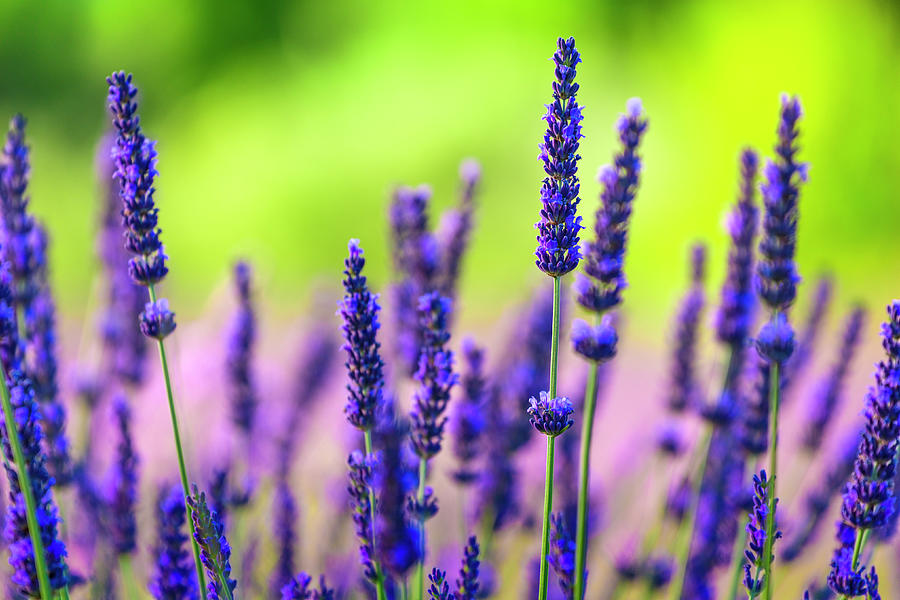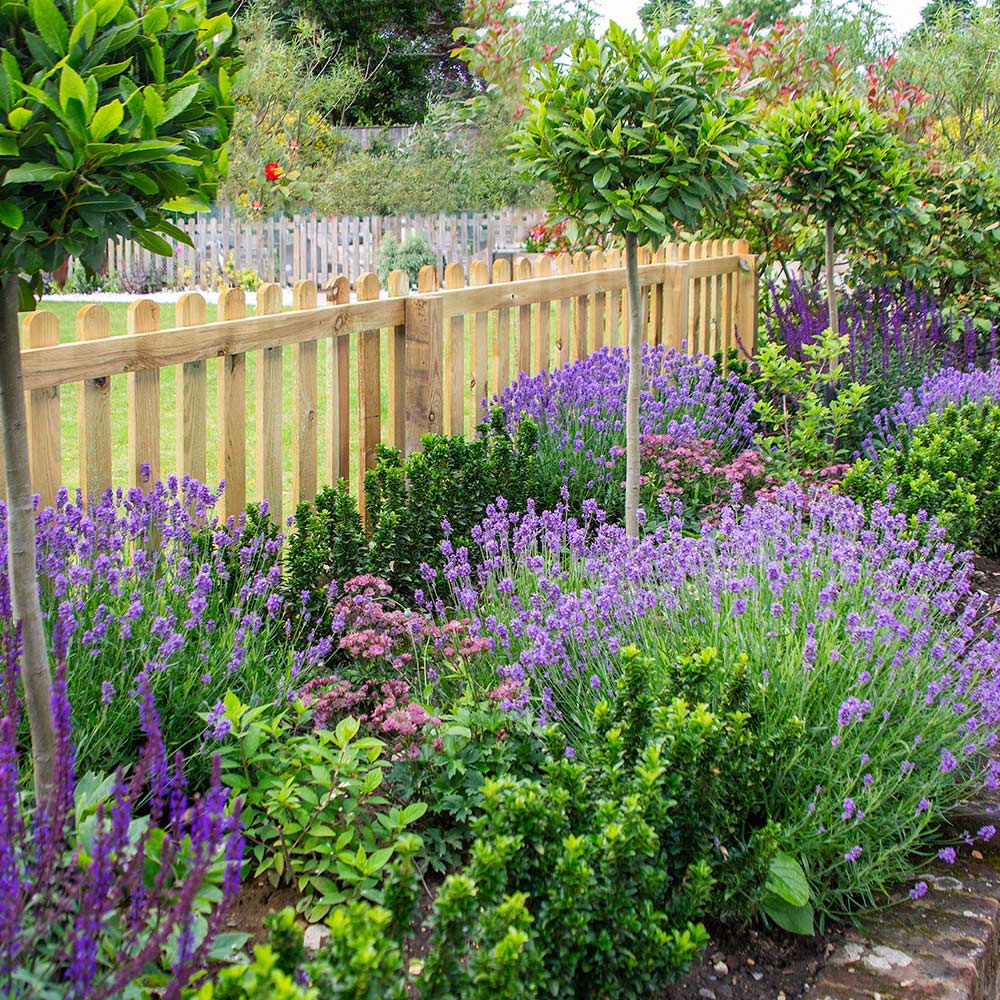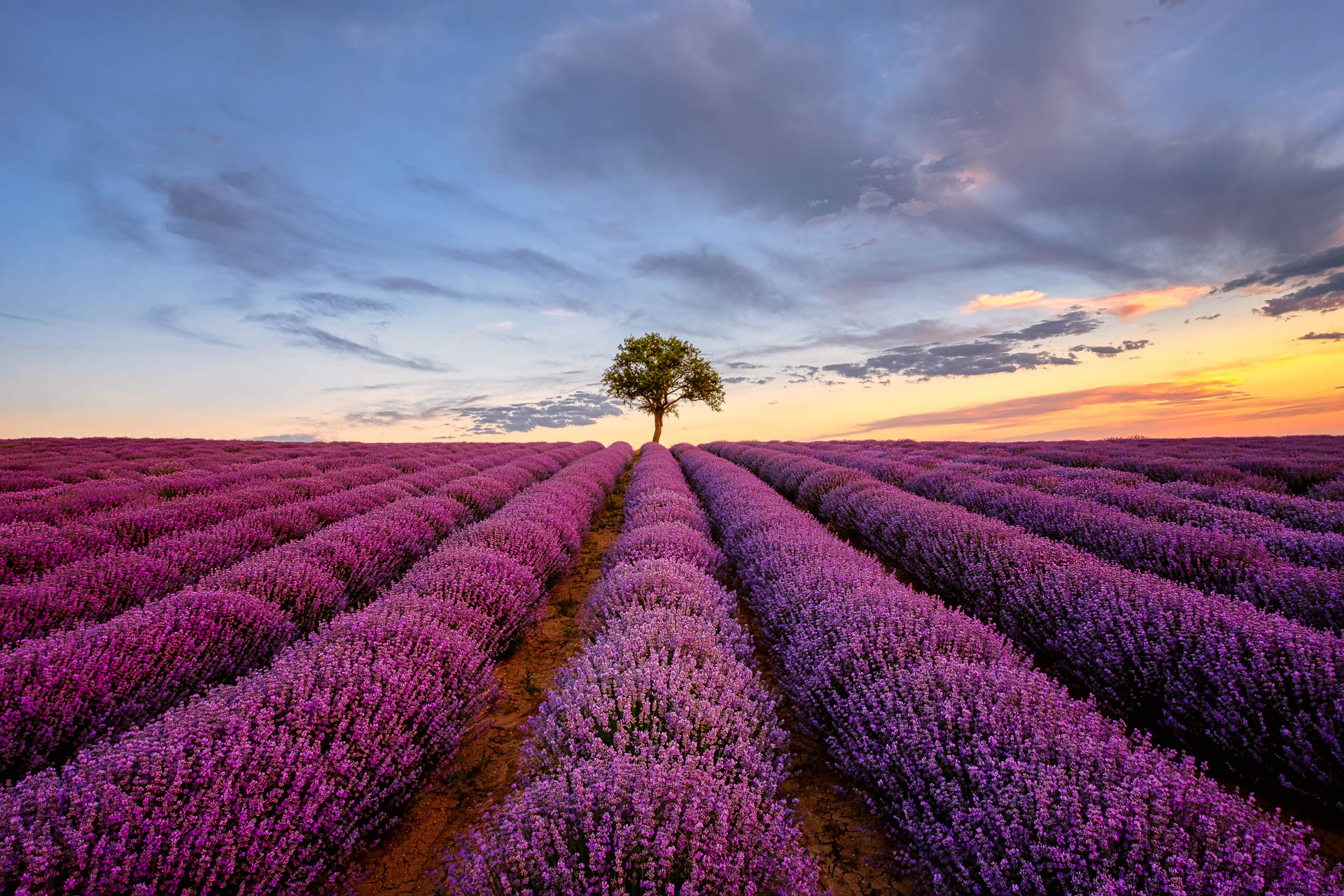Grow Your Own Lavender Shrub: A Complete Guide
Grow Your Own Lavender Shrub: A Complete Guide
Lavender is a beautiful and fragrant herb that is easy to grow in most climates. It is a popular choice for gardens, patios, and even indoors. Lavender plants are relatively low-maintenance and can thrive for many years with proper care.
In this guide, we will discuss everything you need to know about growing your own lavender shrub. We will cover topics such as:
- Choosing the right lavender variety
- Planting lavender
- Caring for lavender
- Harvesting lavender
- Using lavender
We will also provide some tips and tricks to help you grow the most beautiful and fragrant lavender plants possible.
Choosing the Right Lavender Variety
There are many different varieties of lavender, so it is important to choose one that is suited to your climate and growing conditions. Some popular varieties of lavender include:
- English lavender (Lavandula angustifolia): This is the most common type of lavender and is hardy in USDA zones 5-9. English lavender has a strong, sweet fragrance and is often used in essential oils and perfumes.
- French lavender (Lavandula stoechas): This variety of lavender is hardy in USDA zones 7-9 and has a more citrusy fragrance. French lavender is often used in cooking and salads.
- Spanish lavender (Lavandula stoechas): This variety of lavender is hardy in USDA zones 7-9 and has a more spicy fragrance. Spanish lavender is often used in potpourris and sachets.
Planting Lavender
Lavender plants can be planted in the spring or fall. When planting lavender, it is important to choose a location that receives full sun. Lavender plants also need well-drained soil. If your soil is not well-drained, you can amend it with sand or gravel.
To plant lavender, dig a hole that is twice as wide as the root ball of the plant. Place the plant in the hole and backfill with soil. Water the plant thoroughly.
Caring for Lavender
Once your lavender plant is established, it is relatively low-maintenance. Lavender plants need regular watering, but they should not be overwatered. Lavender plants also do not need to be fertilized often. A light application of fertilizer in the spring will help to promote flowering.
Lavender plants are susceptible to a few pests and diseases, but they are generally quite hardy. If you see any signs of pests or diseases, you can treat them with an organic pesticide or fungicide.
Harvesting Lavender
Lavender flowers can be harvested for use in essential oils, potpourris, sachets, and cooking. To harvest lavender, cut the stems when the flowers are in full bloom. The flowers can be dried or used fresh.
Using Lavender
Lavender has many different uses. The flowers can be used to make essential oils, potpourris, sachets, and culinary dishes. Lavender oil is a popular ingredient in aromatherapy and has many health benefits. Lavender flowers can also be used to make tea or lavender water.
Conclusion
Growing your own lavender shrub is a rewarding experience. Lavender plants are beautiful, fragrant, and easy to care for. With proper care, your lavender plants will thrive for many years to come.
Lavender is a beautiful and aromatic shrub that has been used for centuries for its medicinal and culinary properties. If you're interested in learning more about lavender shrubs, I recommend visiting Garden Wiki. This website has a wealth of information about lavender, including its history, cultivation, and uses.
In addition to providing comprehensive information about lavender, Garden Wiki also offers a variety of resources, such as recipes, gardening tips, and product reviews. Whether you're a beginner or an experienced lavender grower, you're sure to find something of value on this website.
So what are you waiting for? Visit Garden Wiki today and learn more about this amazing plant!
FAQ of lavender shrub
Frequently Asked Questions about Lavender Shrub
1. How much sun does lavender need?
Lavender loves full sun and needs at least 6 hours of direct sunlight per day. If you live in a hot climate, you may want to provide some afternoon shade. Too little sun will cause the plant to become weak and leggy, and it may not bloom as well.
2. How much water does lavender need?
Lavender is drought-tolerant once established, but it needs to be watered regularly during its first year. Water deeply and infrequently, and allow the soil to dry out slightly between waterings. Too much water can cause the roots to rot.
3. What type of soil does lavender need?
Lavender prefers sandy, well-drained soil with a pH of 6.5 to 7.5. Avoid planting lavender in heavy clay soil, as this can lead to root rot.
4. How do I fertilize lavender?
Lavender does not need to be fertilized often. A light application of compost or manure in the spring will help to keep the plant healthy. Avoid using chemical fertilizers, as these can burn the roots.
5. How do I prune lavender?
Lavender should be pruned in the spring, after the flowers have faded. Cut back the stems by about one-third to encourage new growth. You can also deadhead the flowers to prevent them from setting seed.
Image of lavender shrub
5 different images of "lavender shrub" from Pinterest:
- Image 1: A lavender shrub in full bloom, with purple flowers and green leaves.
- Image 2: A close-up of the lavender flowers, showing their delicate petals and sweet scent.

- Image 3: A lavender shrub in a garden, with other flowers and plants surrounding it.

- Image 4: A lavender field, with rows of lavender shrubs stretching into the distance.

- Image 5: A lavender sachet, made with dried lavender flowers.

Post a Comment for "Grow Your Own Lavender Shrub: A Complete Guide"